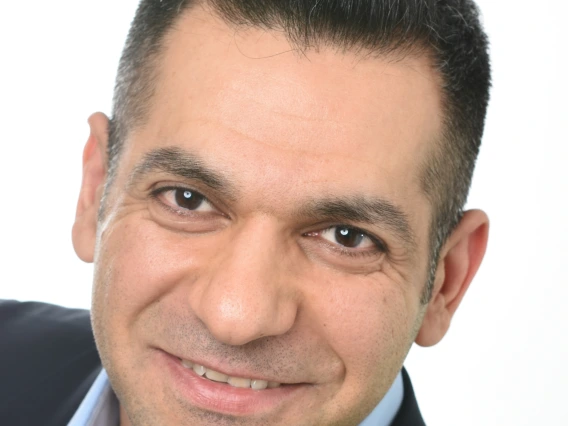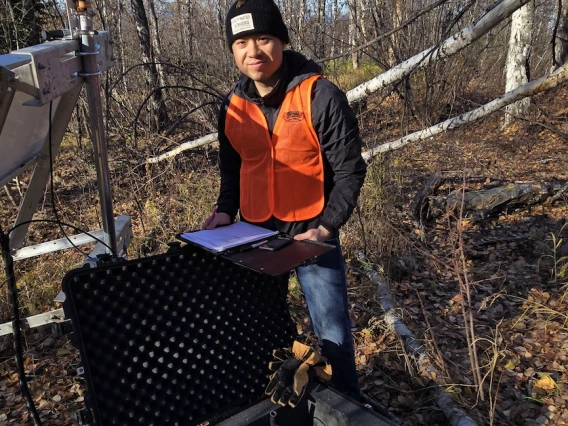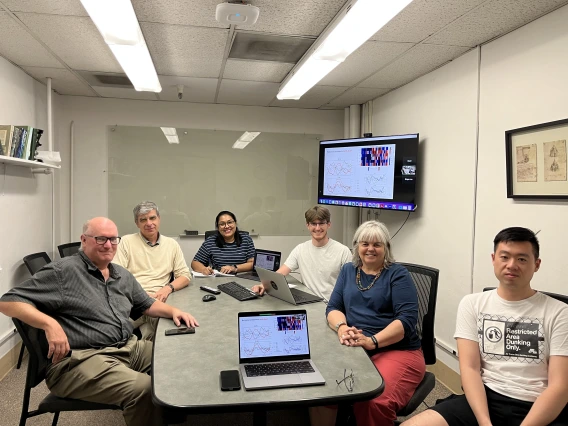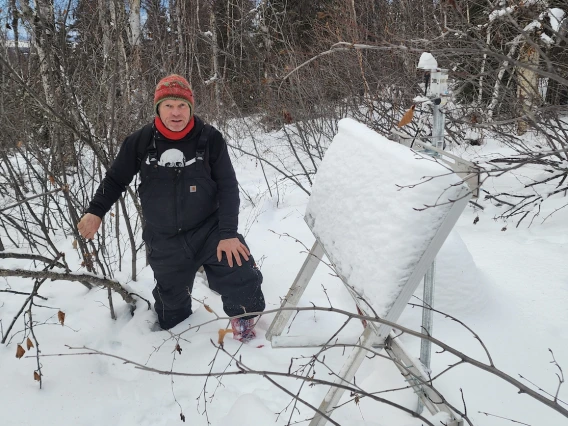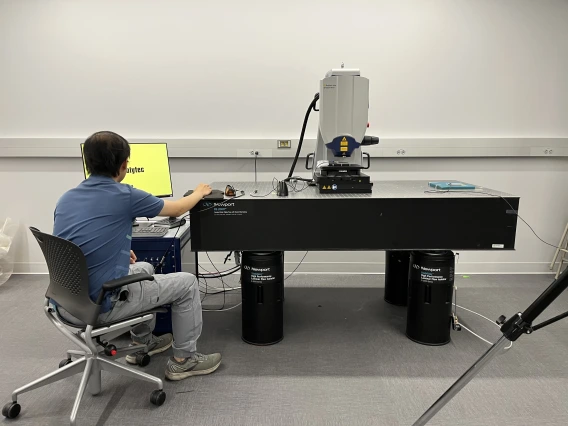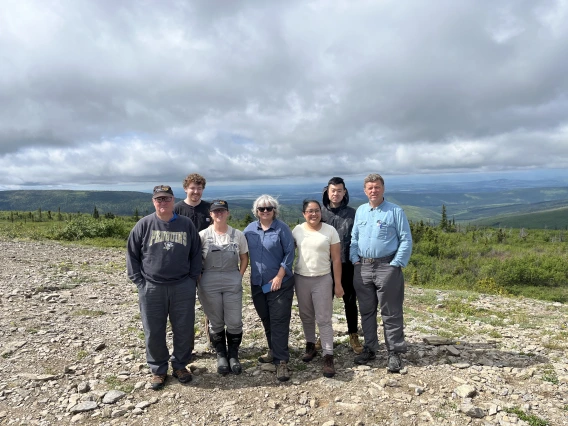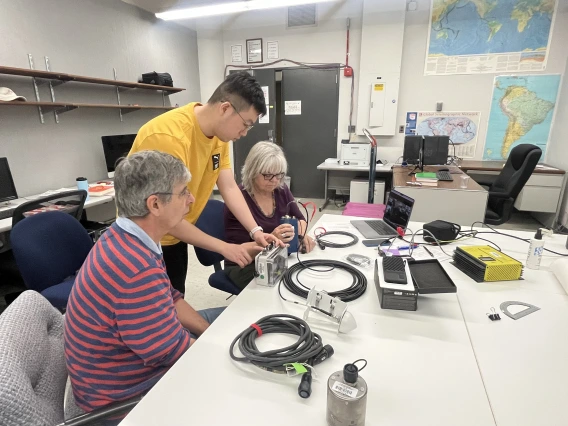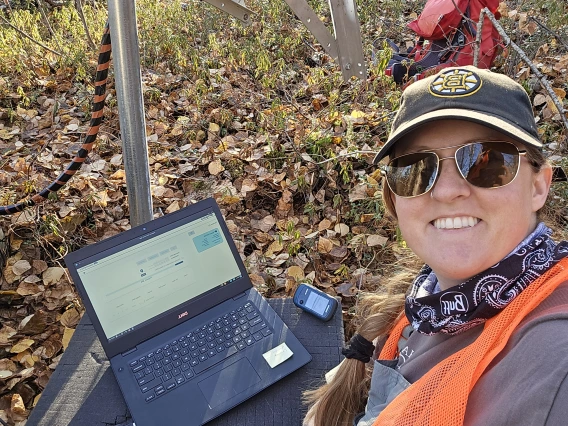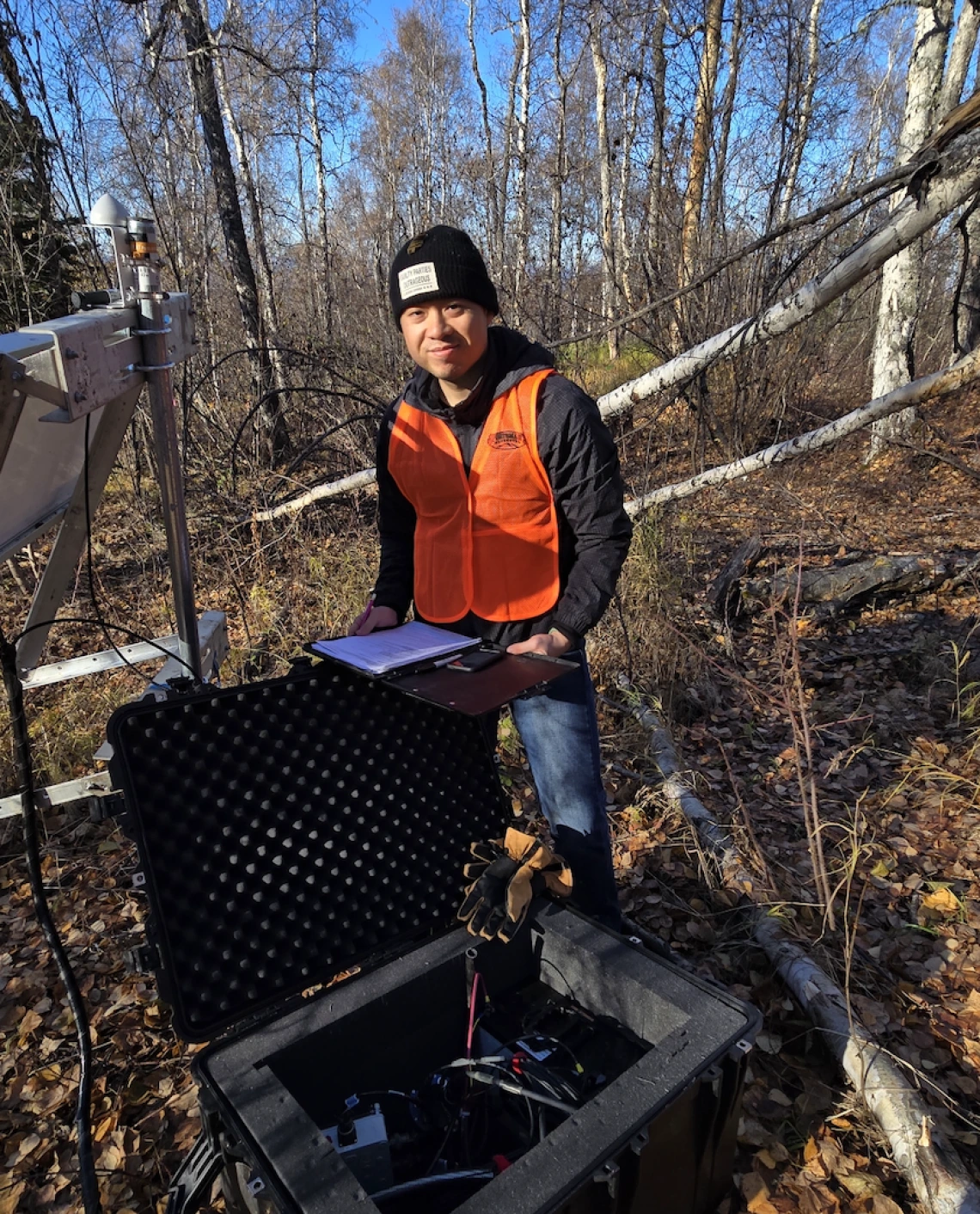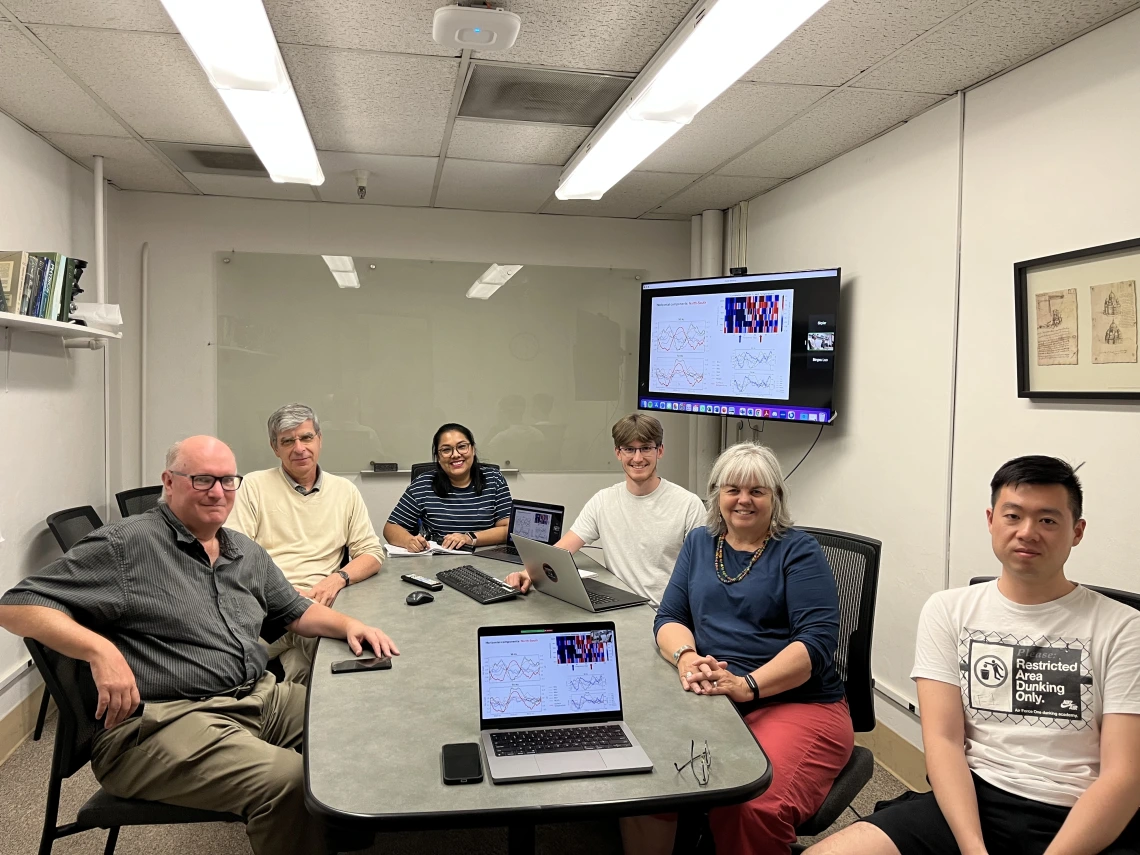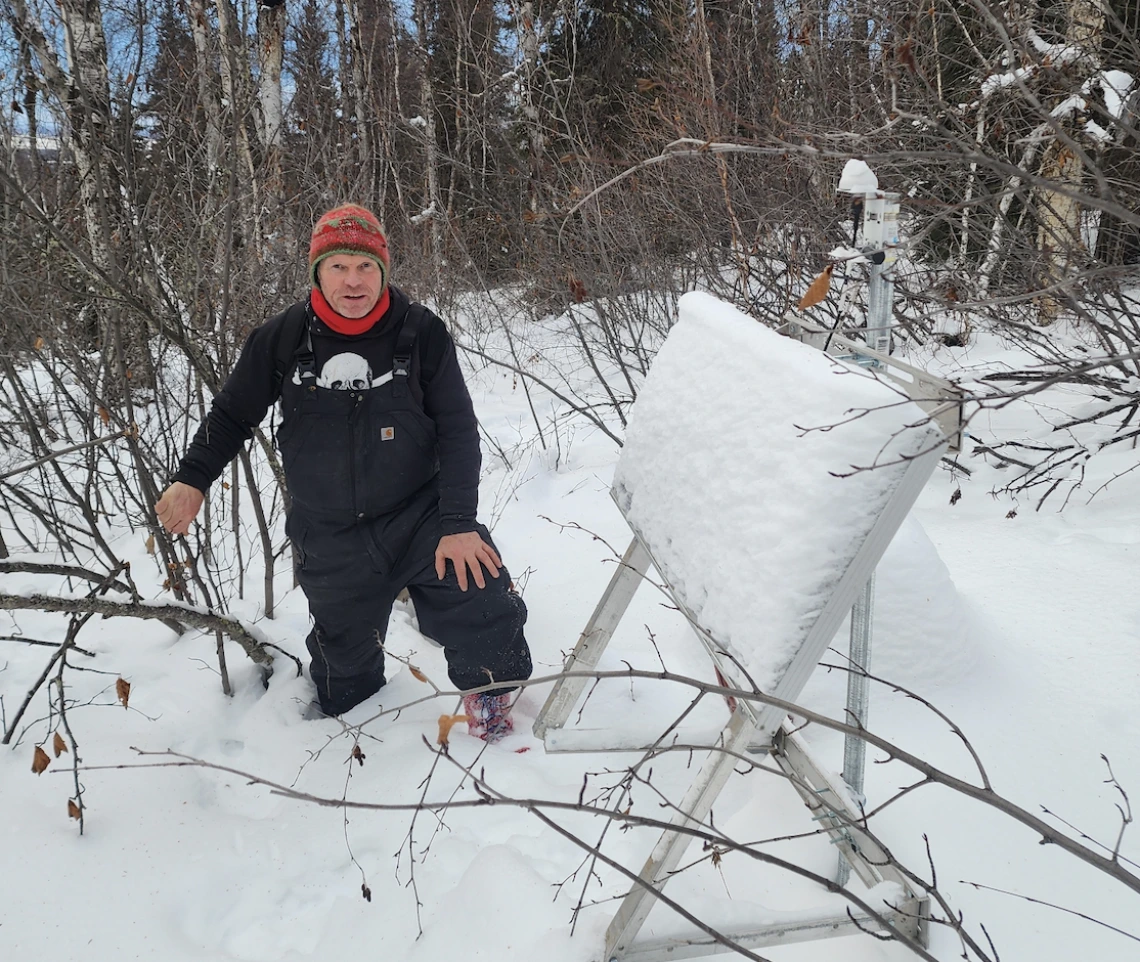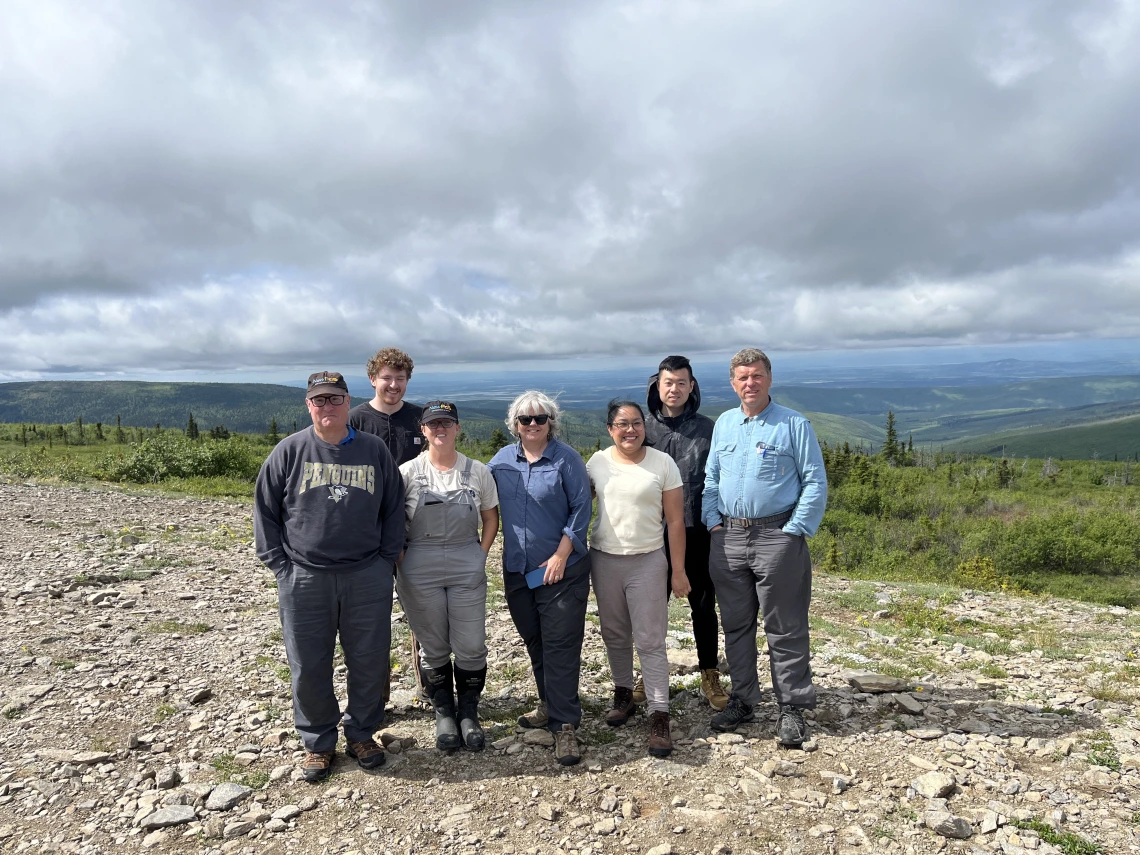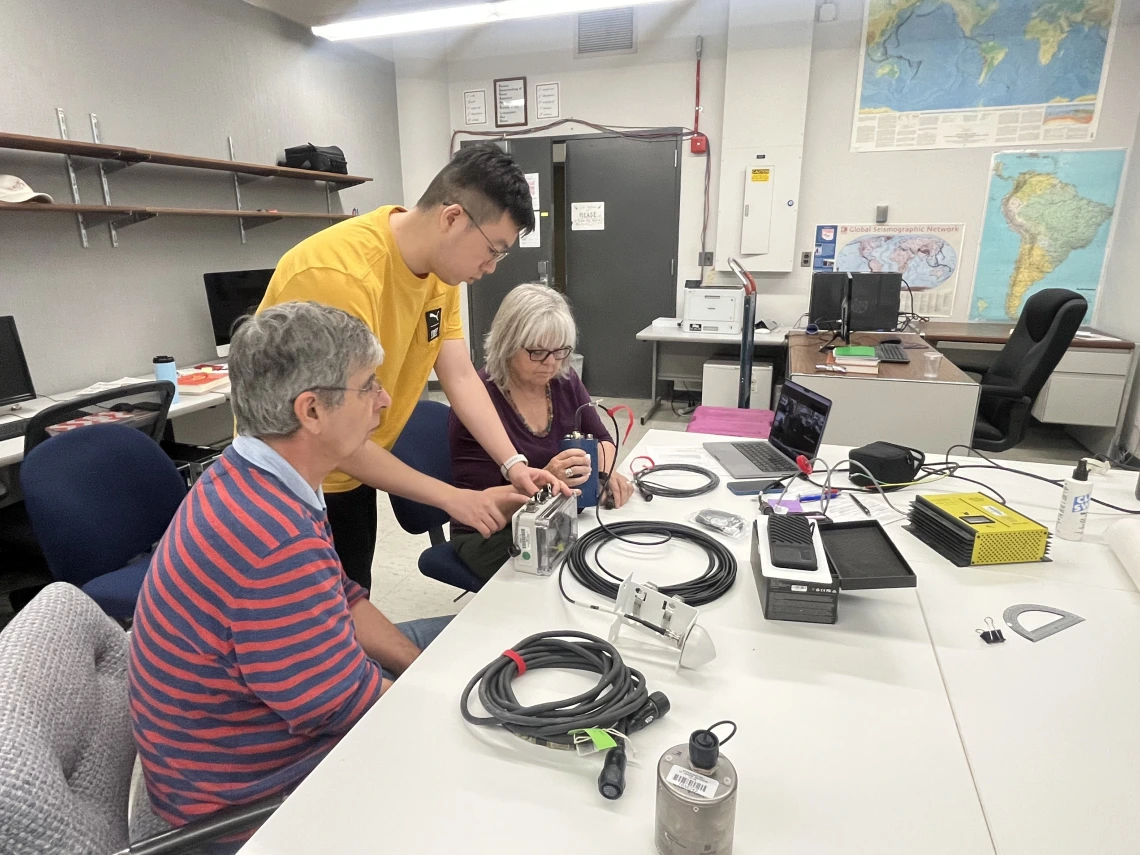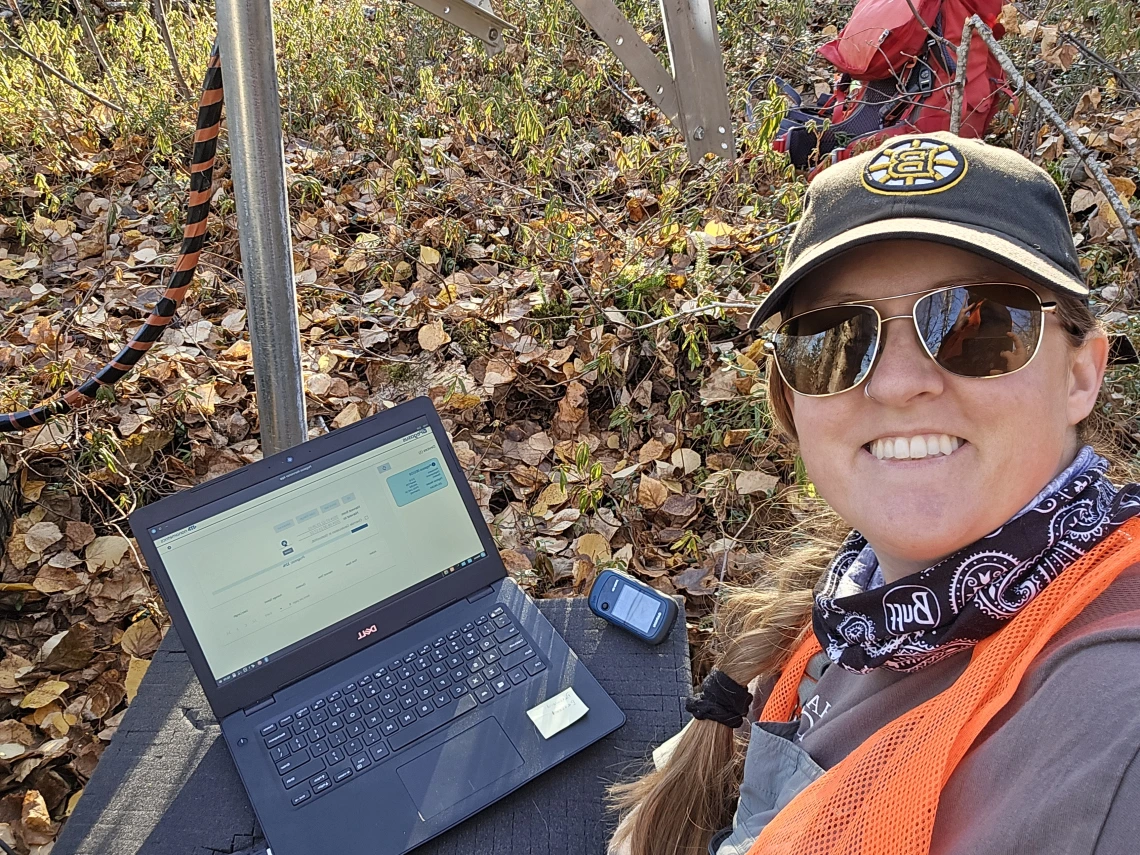Essentially, the conventional approach to acoustic sensing has relied on the spectral, intensity response of a system or environment’s sound field. The geometric phase of acoustic waves has hitherto been overlooked and excluded from sensing approaches. Therefore, incorporating the geometric phase in sensing modalities will reinvigorate the field of acoustic or seismic sensing. By exploiting the geometric phase, TA can be a sensing modality for the remote, direct, and continuous monitoring of forested areas. Long-wavelength seismic waves are pertinent for the TA sensing of forested environments. Few-tens of Hz seismic waves interact strongly with trees by resonant scattering that changes the geometric phase. The ground stiffness influences this phase change, which relates to subsurface temperatures changes for permafrost and/or forest-floor moisture levels. NewFoS will demonstrate for forested arctic region the nonlinear behavior and high sensitivity in the change of the geometric phase with the ground state. Theory predicts large detectable changes in phase due to changes in ground stiffness/temperature (up to π/1oC) for frequencies near tree resonances, versus a wave velocity change of only 2–3%/1–3oC for current seismic methods. The power of TA sensing lies in the geometric phase being a sensitive global metric for the wave-scattering environment. The modality of TA sensing of the environment can readily be translated to monitoring degradation of infrastructure in the built environment or the presence of flaws in manufactured parts. Therefore, NewFoS outcomes includes the development of modalities for high sensitivity non-destructive evaluation (NDE) of engineered structures and parts.
Meet the team
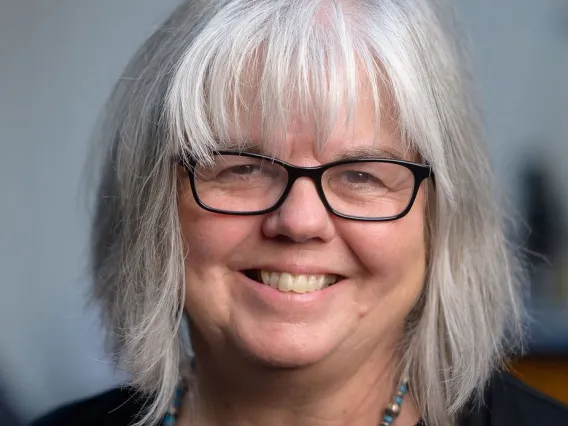
Susan Beck

Massimo Ruzzene

Falk Huettmann

Keith Runge

Marat Latypov
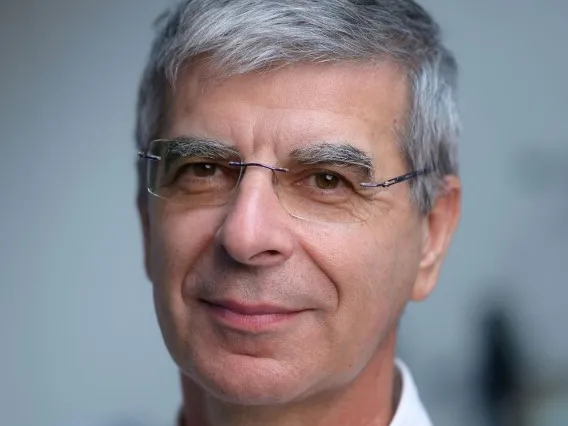
Pierre Deymier

Samy Missoum

Tribikram Kundu

Araceli Hernández Granados
Abhijit Samadhan Sardar
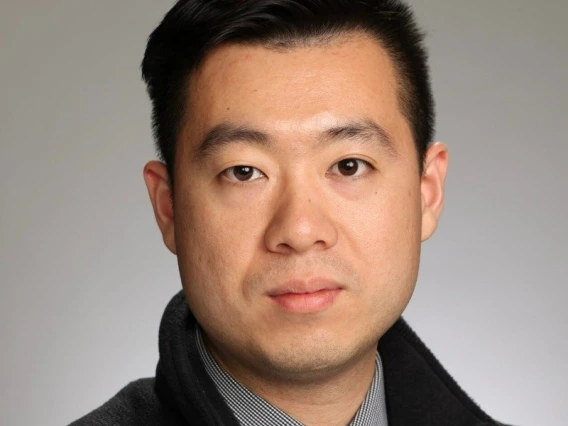
Bingxu Luo

Elizabeth Whitney

Guangdong Zhang
I-Tzu Huang

I-Ting (Andy) Ho
Jacob Lewton

Jiayang (Owen) Wang

Shruti Singh
